Get PeakVisor App
Sign In
Search by GPS coordinates
- Latitude
- ° ' ''
- Longitude
- ° ' ''
- Units of Length

Yes
Cancel
Share ×

Scan the QR code and open PeakVisor on your phone
❤ Wishlist ×
Choose
Delete
A land of jagged peaks, stunning glaciers, and beautiful landscapes, the Andes are the world’s longest mountain range. The northern and central part of the Andes runs through Venezuela, Colombia, Ecuador, Peru, and Bolivia and contains 39,108 named mountains, the highest of which is Huascarán Sur (6,768m/22,205ft), and the most prominent of which is Chimborazo (6,268m/20,564ft).
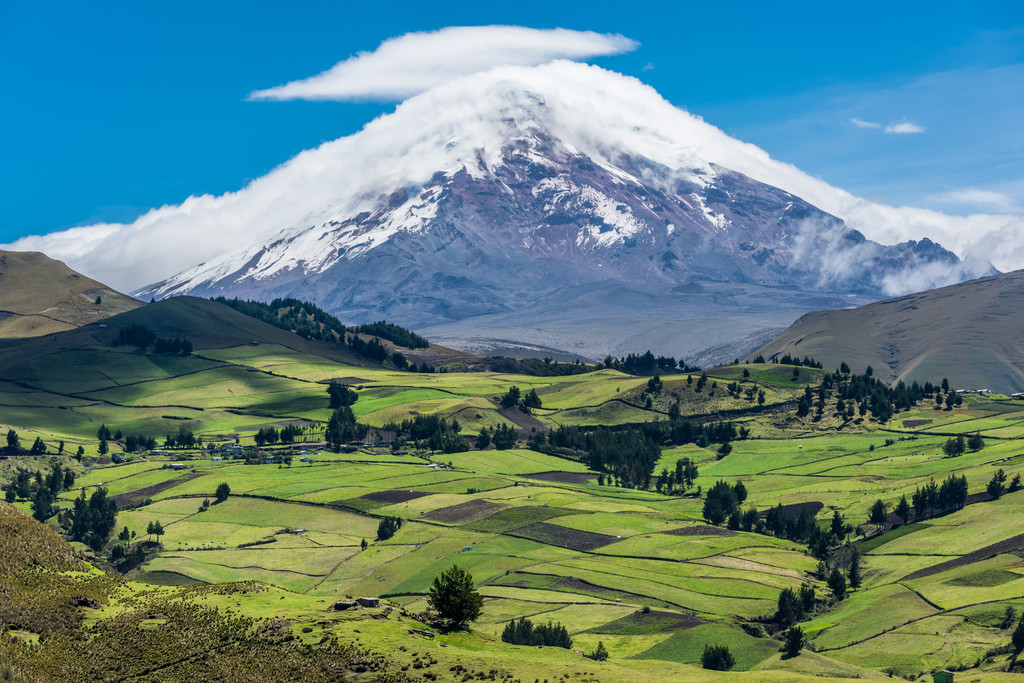
As the longest mountain range in the world, the entire Andes range stretches some 7,000 km (4,350 mi) from the northern edge of South America all the way to the continent’s southern tip. However, the range is just 500 km (311 mi) wide at its widest, making it a long and skinny range that forms the backbone of South America.
The range is the highest outside of Asia (which includes the Himalaya, the Karakoram, and the Hindu Kush), though the tallest mountain in the Andes, Aconcagua, is in the southern part of the Andes in Argentina. Nevertheless, Chimborazo in Ecuador is the furthest peak from the center of the Earth due to the fact that the Earth bulges at the equator.
Although the Andes can be roughly divided into three sections (Northern, Central, and Southern), this article focuses on the northern and central parts of the range to the north of Cerro Zapaleri at the border of Bolivia, Argentina, and Chile. However, it does not include the Sierra Nevada de Santa Marta in northern Colombia which is regarded as a separate mountain range.
Due to the sheer size of the range, it’s easiest to categorize the regions of the northern and central Andes by country:
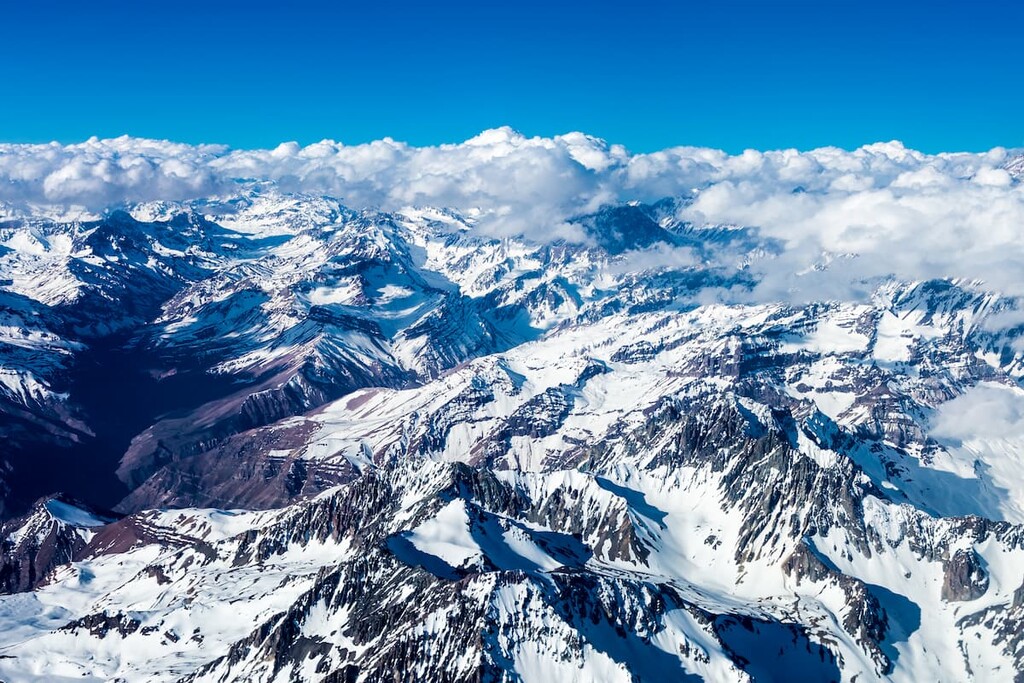
Sharing the spotlight as the home of the northernmost part of the Andes with Colombia, Venezuela’s Andes form a southwest to northeast arc across the northern half of the country. The mountains in Venezuela form a natural barrier between the low-lying plains around Lake Maracaibo (the Maracaibo Basin) and the Caribbean Sea.
Furthermore, the Andes are located to the northwest of the relatively flat Orinoco River Basin, which separates the range from the Guiana Highlands to the south.
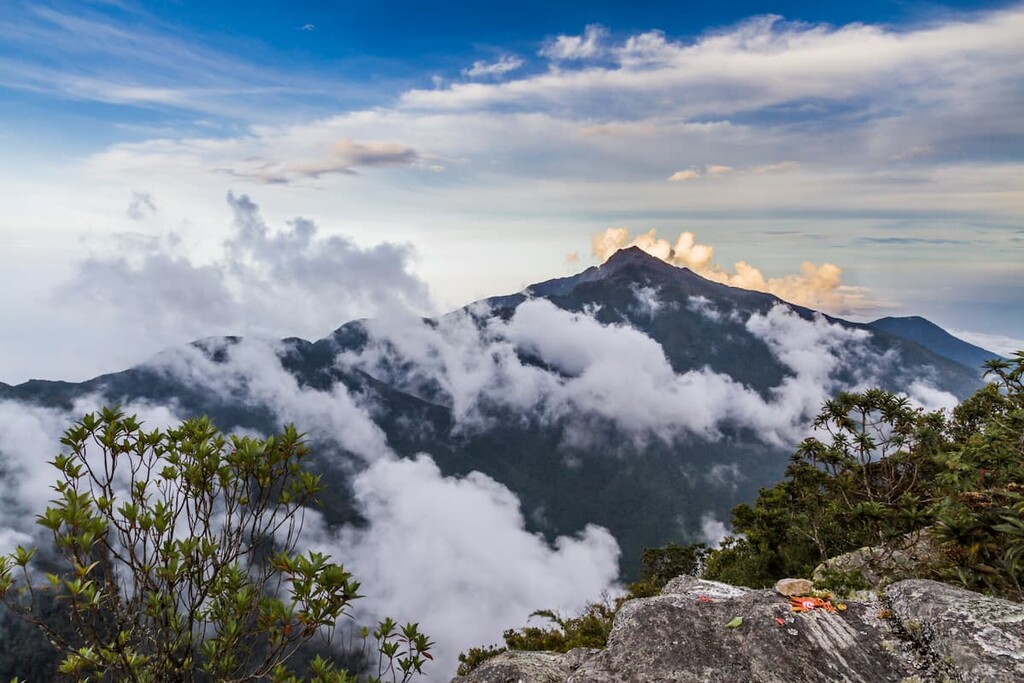
Although the Andes make up just a small portion of Venezuela’s total land area, the range does contain an excellent collection of outdoor recreation areas, including:
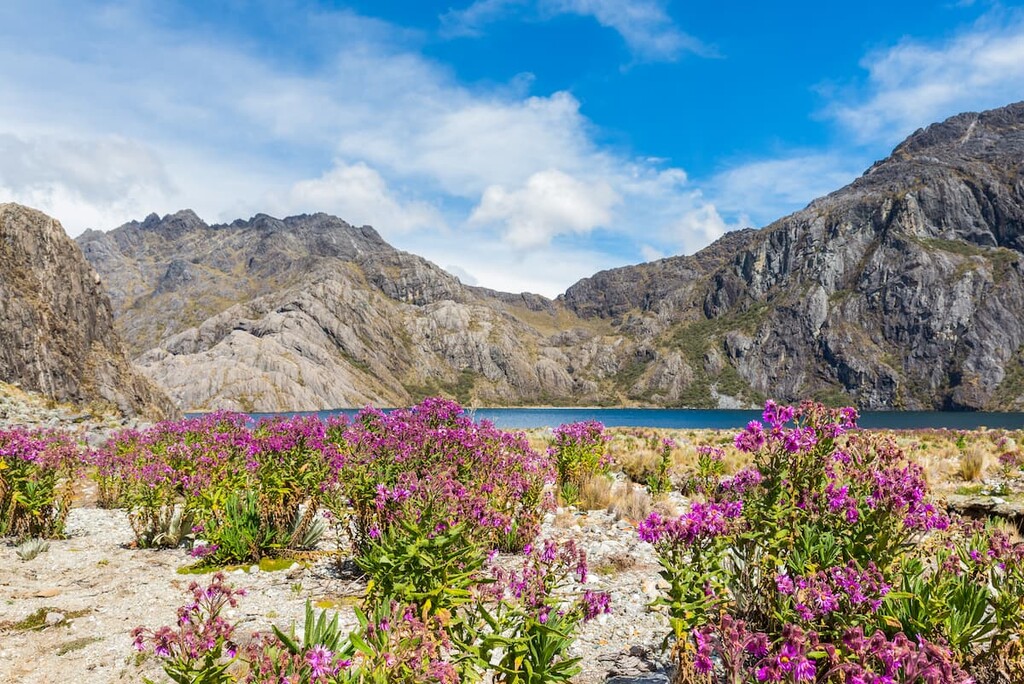
Forming the border between Central and South America, Colombia shares the title of the northernmost portion of the Andes Mountains with Venezuela. In Colombia, the Andes form a major natural barrier between the Pacific Coastal Region to the west, the Caribbean Coastal Region to the north, and the Llanos (plains) and Amazon Rainforest to the south and east.
Like Venezuela, although the Andes technically comprise just a portion of Colombia's total land area, the region is easily the country’s most prominent feature. Moreover, the country has a truly fantastic array of national parks, which cover some 13% of all the land in Colombia.
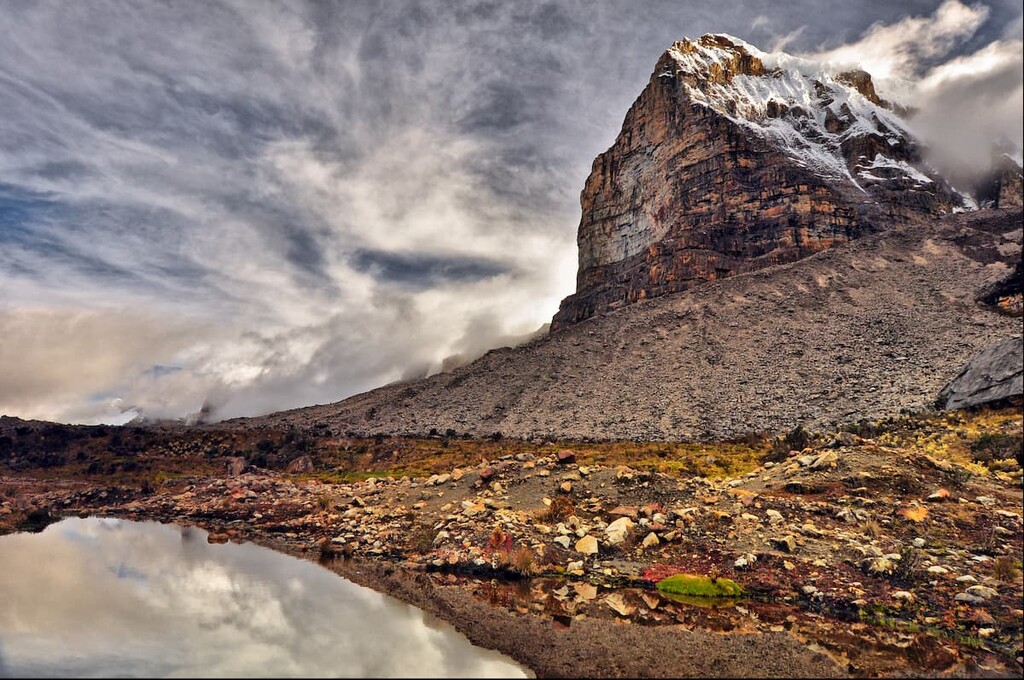
Some of the many protected areas within the Andes Mountains of Colombia include:
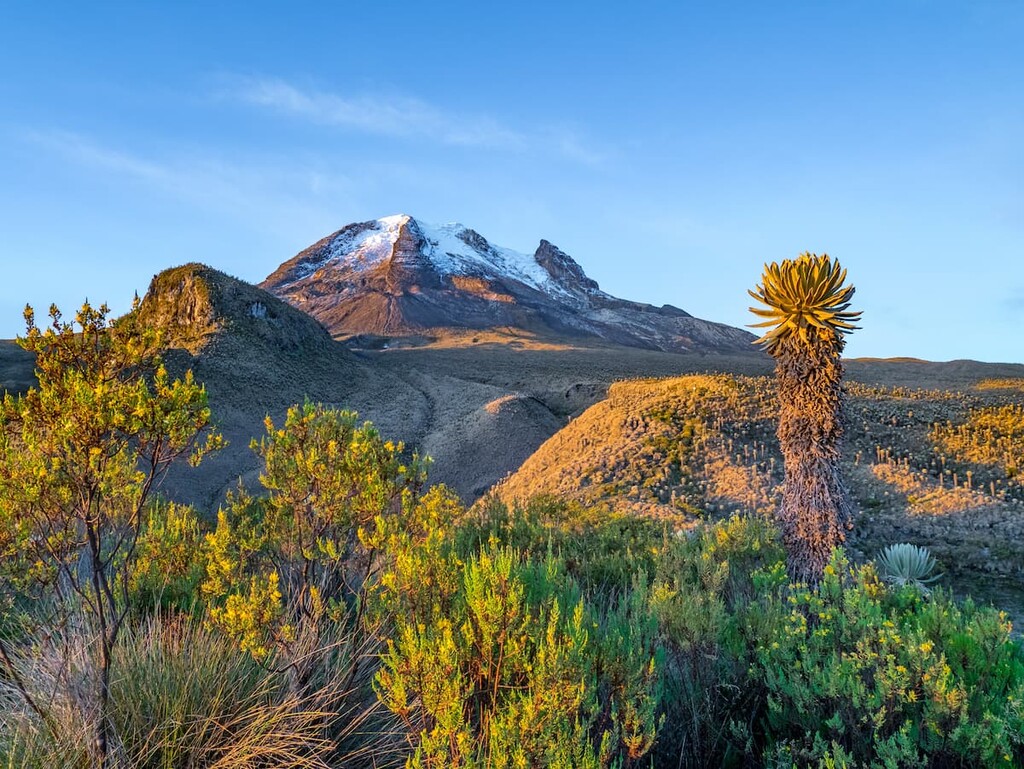
Home to the most prominent peak in the northern and central Andes, Ecuador is a mega biodiverse country that’s home to some of the most stunning mountains in the range.
The Andes form a barrier between the Ecuadorian coastal region to the west and the Amazon Rainforest region to the east. Interestingly, the largest and most populous city in the country, Quito, is also located in the heart of the “Sierra” region of Ecuador, which includes the Andes.
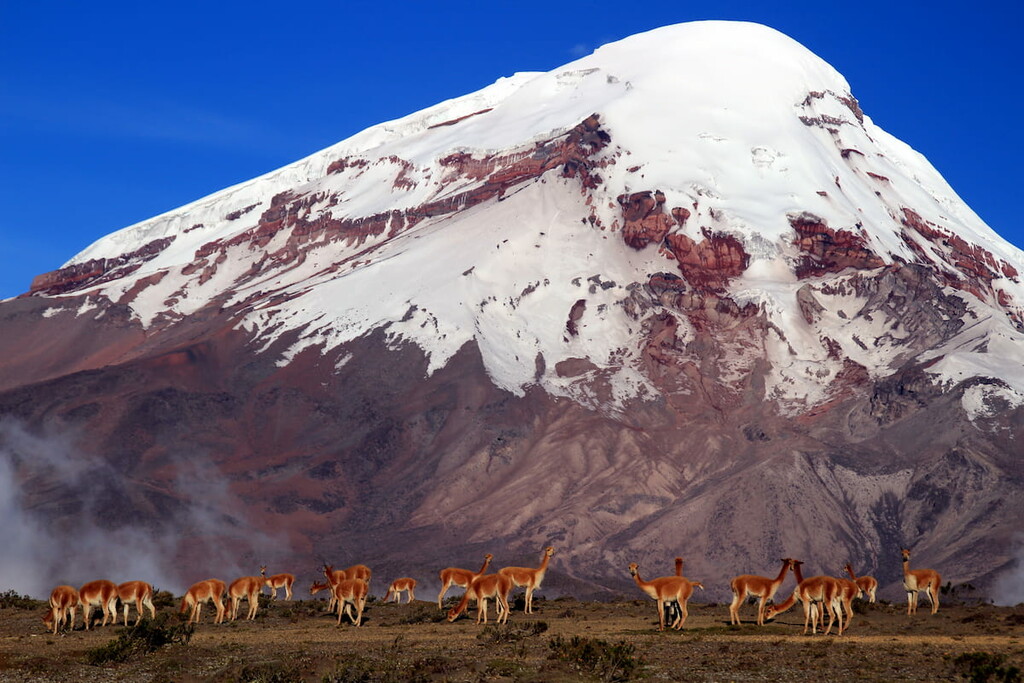
Here, there are quite a few great national parks and reserves to check out, such as:
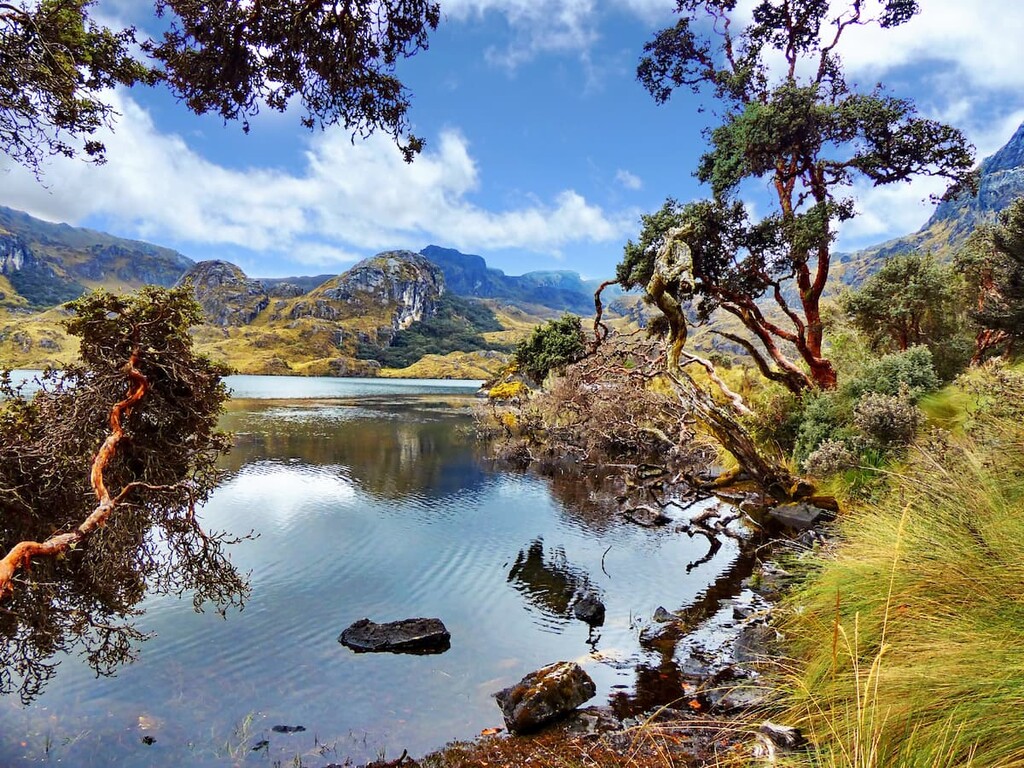
Ecuador’s Andes are also home to a number of protective forests, which showcase the country’s exceptional biodiversity, such as:
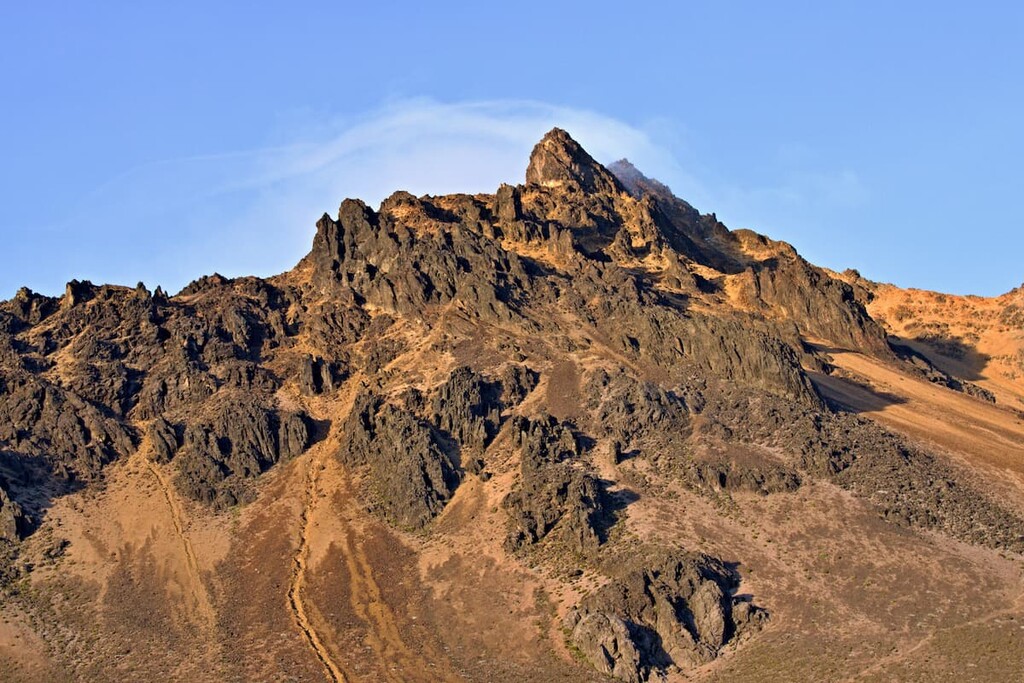
Located to the south of Ecuador, Peru is a highly mountainous country that’s dominated by the peaks of the Andes. The tallest mountain in Peru, Huascarán Sur, also happens to be the tallest peak in the northern and central part of the Andes.
Within Peru, the Andes form yet another natural barrier between the country’s Pacific Coast region and the lower-lying Amazon Basin to the east. The Andes of Peru were also once home to the massive Inca Empire.
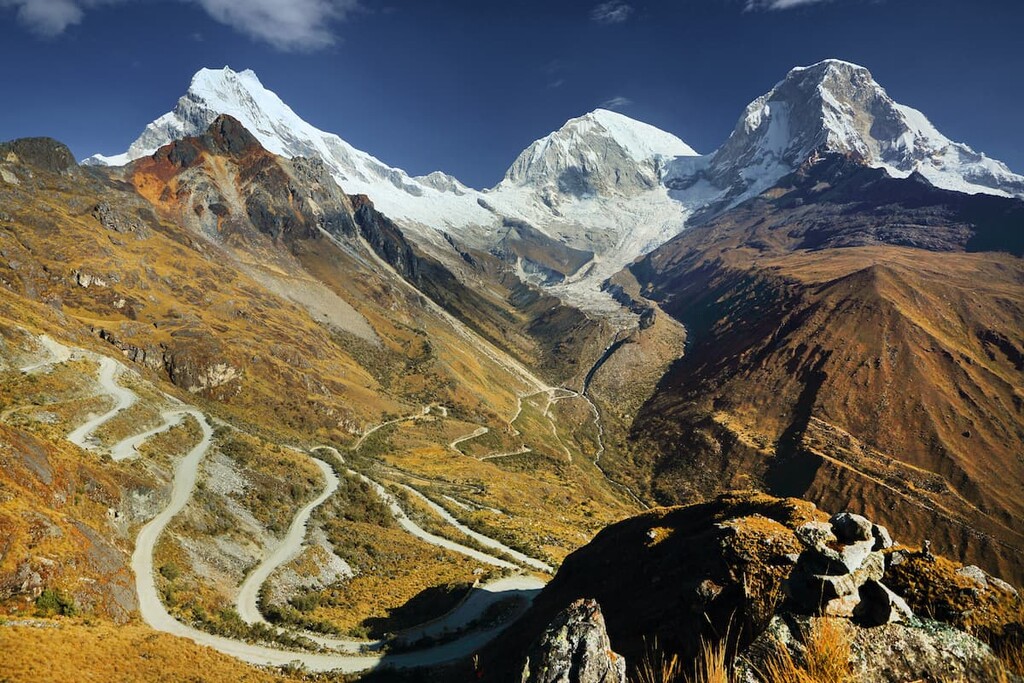
Here, there are a number of excellent national parks and protected areas to check out. Some of the most popular in the Peruvian Andes include:
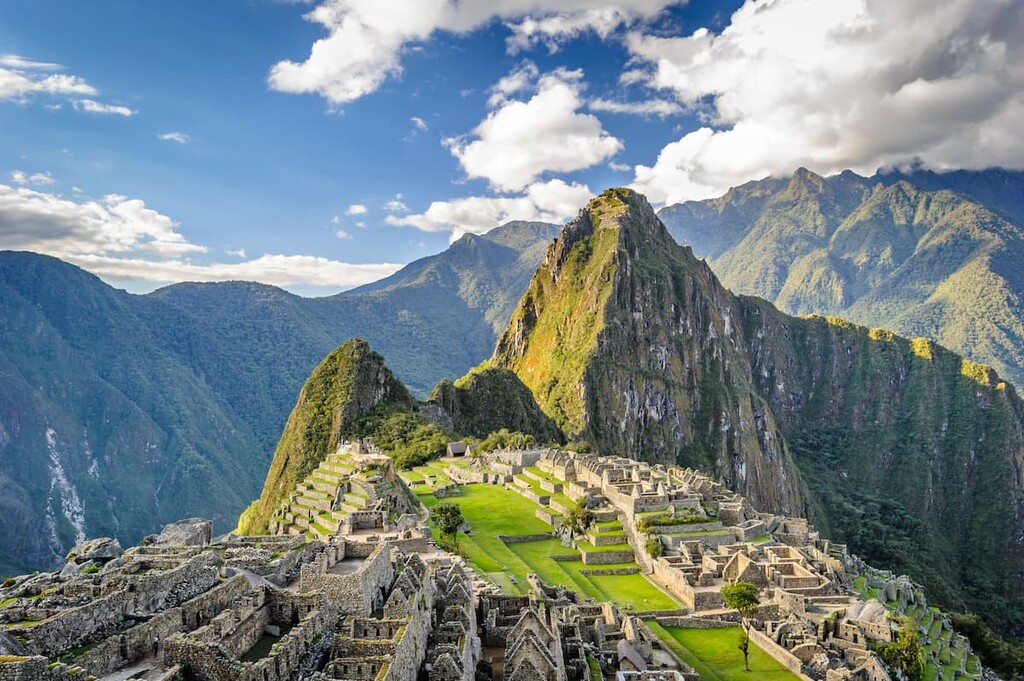
The southernmost extent of the northern and central Andes, Bolivia is the only land-locked country that contains a portion of the Andes Mountains.
Bolivia’s western and southern borders with Chile, Argentina, and Peru are all dominated by peaks of the Andes. Meanwhile, its borders with Brazil and Paraguay are mostly low-lying areas of the Amazon Basin.
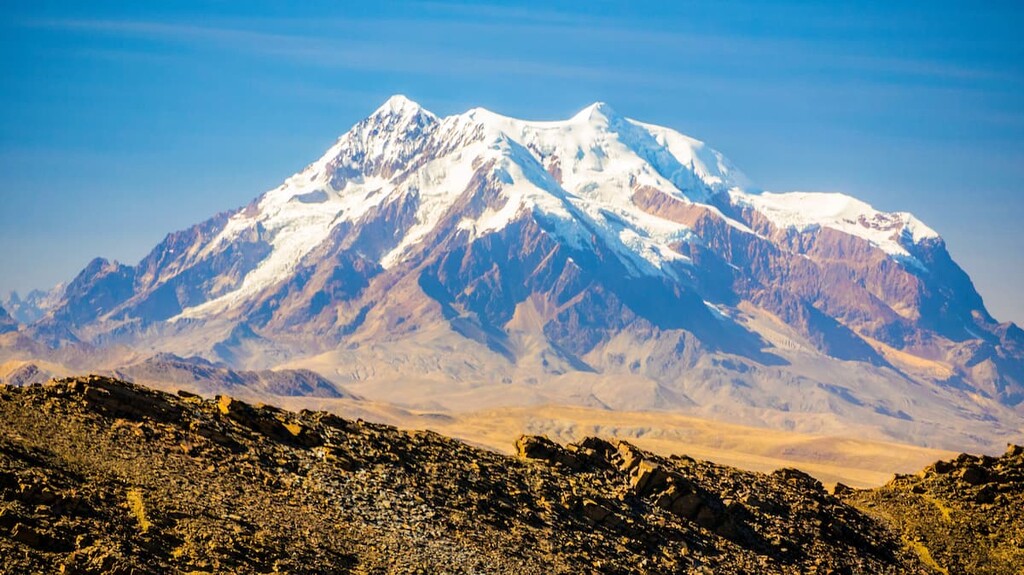
The vast majority of Bolivia’s high points are located within the Andes and there are plenty of great parks to check out in the region. Some of the best recreation areas in the Bolivian Andes include:
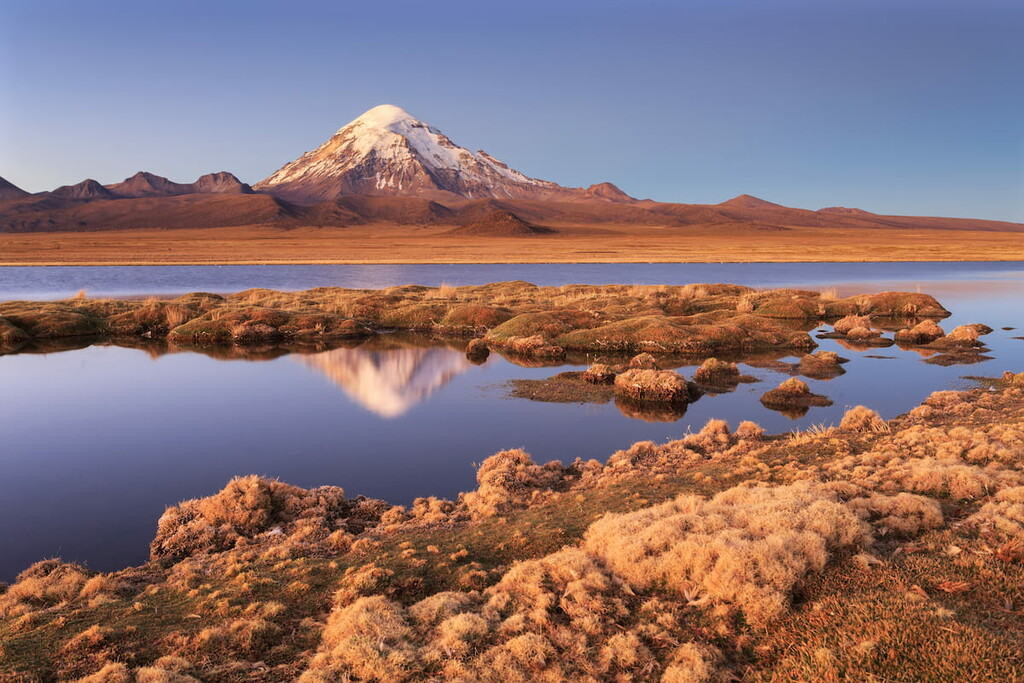
The Andes Mountains are located in a region known as the Ring of Fire. This region encompasses nearly the entirety of the rim of the Pacific Ocean, which is one of the most volcanic regions on Earth.
In particular, the Andes formed through the subduction of the Pacific Plate under the South American Plate. This subduction led to the creation of the mountains as well as widespread volcanic activity, which continues to this day.
Volcanoes can be found throughout the range and they include major peaks such as Nevado Sajama, Volcán Coropuna, Chimborazo, Cayambe, and Cotopaxi.
Some parts of the range are also home to sizable deposits of metals and other valuable resources, such as copper, salt, tin, and lithium.
Major peaks in the range include Huascarán Sur, Yerupajá, Nevado Sajama, Illimani, Ancohuma, Pico Bolívar, Cotopaxi, and Chimborazo.
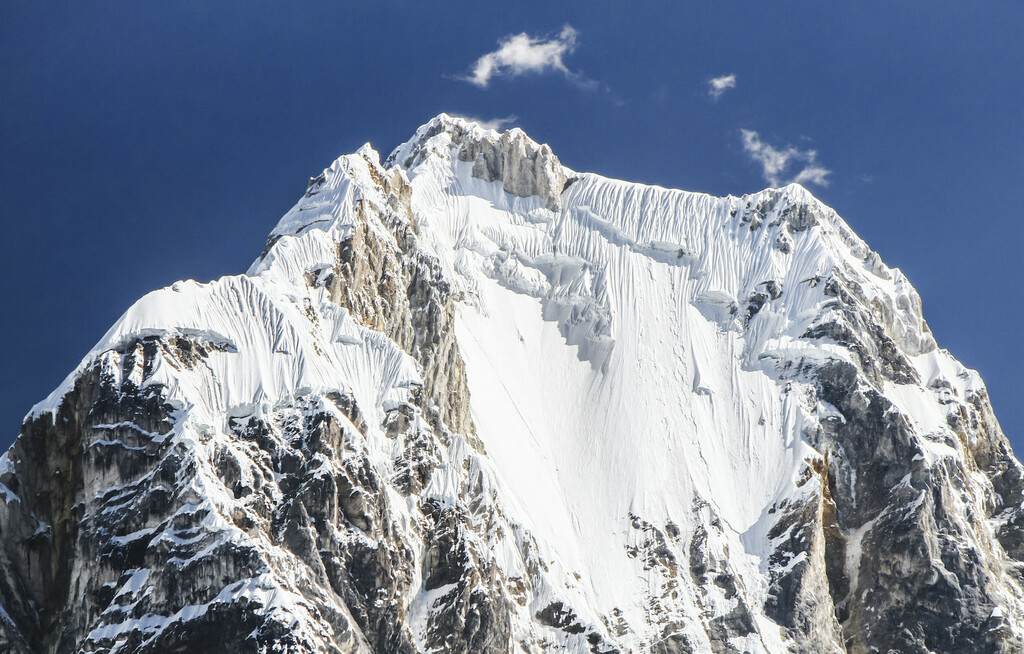
Due to their massive land area and their wide range of elevations, the Andes Mountains are an exceptionally biodiverse area. In fact, the range travels through a number of different ecoregions.
As a result, some 30,000 plant species call the range home. In the northern and central part of the range, the climate is generally rainy and warm, though the temperatures drop dramatically at higher elevations. Furthermore, in the northern and central parts of the range, you can often find rainforests just a handful of kilometers away from the tallest peaks in the region.
Throughout the Andes, there are well over 1,000 animals that call the range home. The range is considered to have a high rate of endism as some two-thirds of all species in the Andes are found nowhere else on Earth.
Some of the many animals found in the region include vicuña, guanaco, alpaca, mountain lion, and Andean condor.
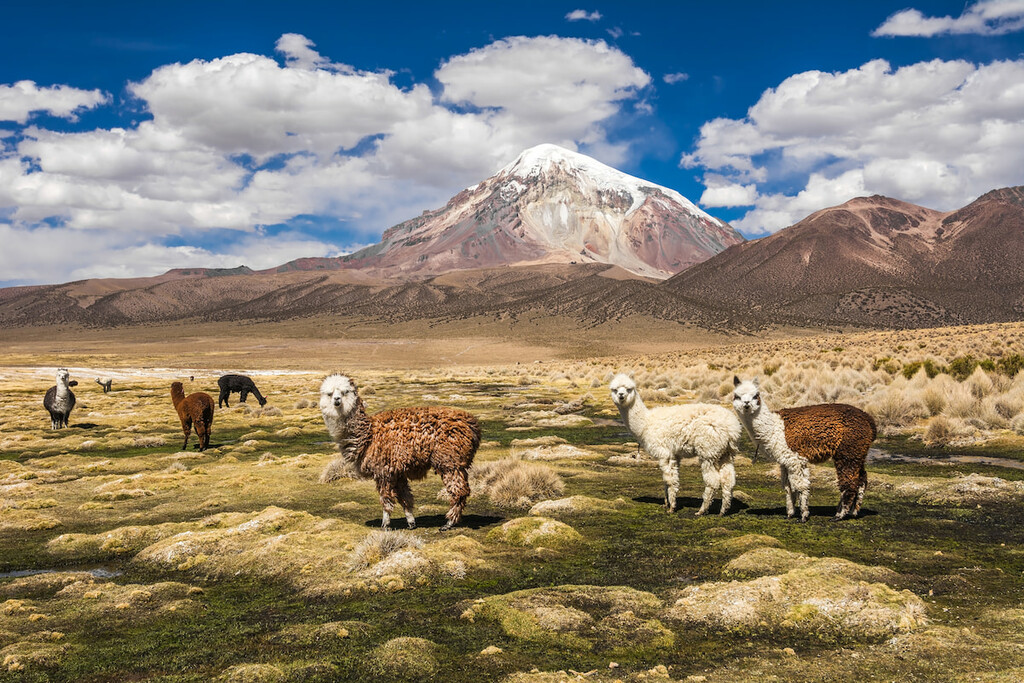
The area in and around the northern and southern Andes Mountains has been home to humans for thousands of years.
In fact, the range was home to some of the largest empires in the Americas before the arrival of the Spanish in the fifteenth century. The Incas Empire, in particular, covered much of the Andes before the region was conquered by the Spanish in the sixteenth century. However, the Spanish did not know about Machu Picchu, now the most famous Inca citadel, during the colonial period.
The region is also the ancestral homelands of many other Indigenous peoples besides the Inca, including other Quechua peoples, such as the Huanca, the Cañari, and the Qulla, and groups such as the Musica to the north in what is now Colombia.
Since the northern and central Andes cover such a large area of land, there is no one “history” of the range. However, all of the countries that contain parts of the northern and central Andes were colonized by the Spanish.
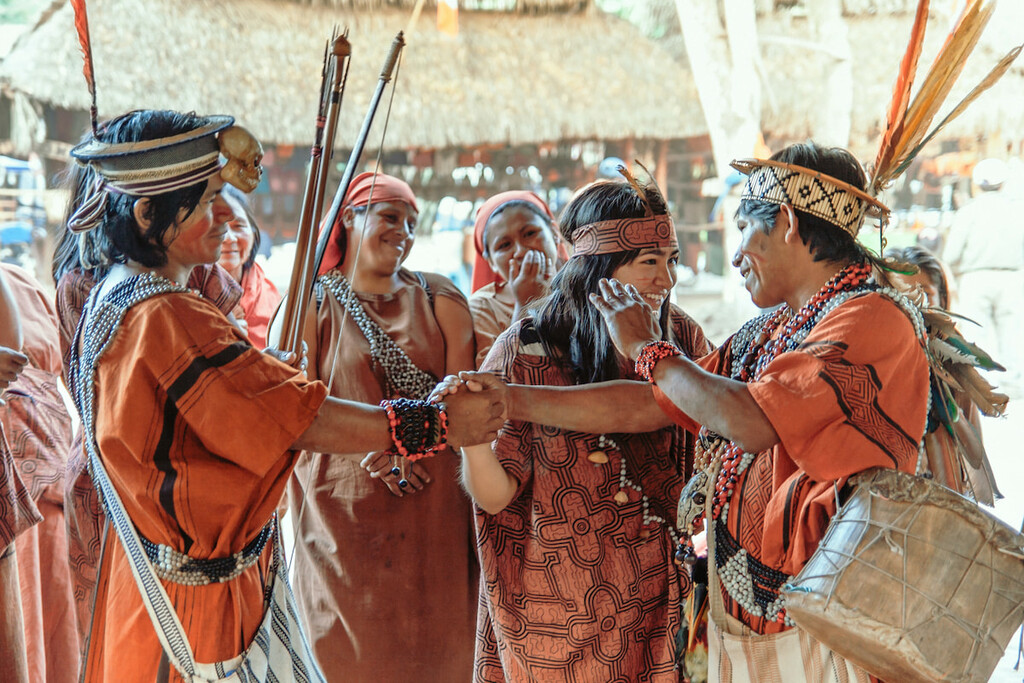
Indeed, the vast majority of the largest cities in the northern and central Andes were large Indigenous communities before the arrival of the Spanish, who then rebuilt or fortified the cities in the colonial style after their conquests in the sixteenth century.
All of the countries in the region gained their independence from Spanish rule in the early part of the nineteenth century. The fact that Spain had just been invaded by France during the Napoleonic Wars helped the independence movement in each country gain a competitive advantage over the Spanish forces, whose attention was focused, not only on the wars in South and Central America but in Europe.
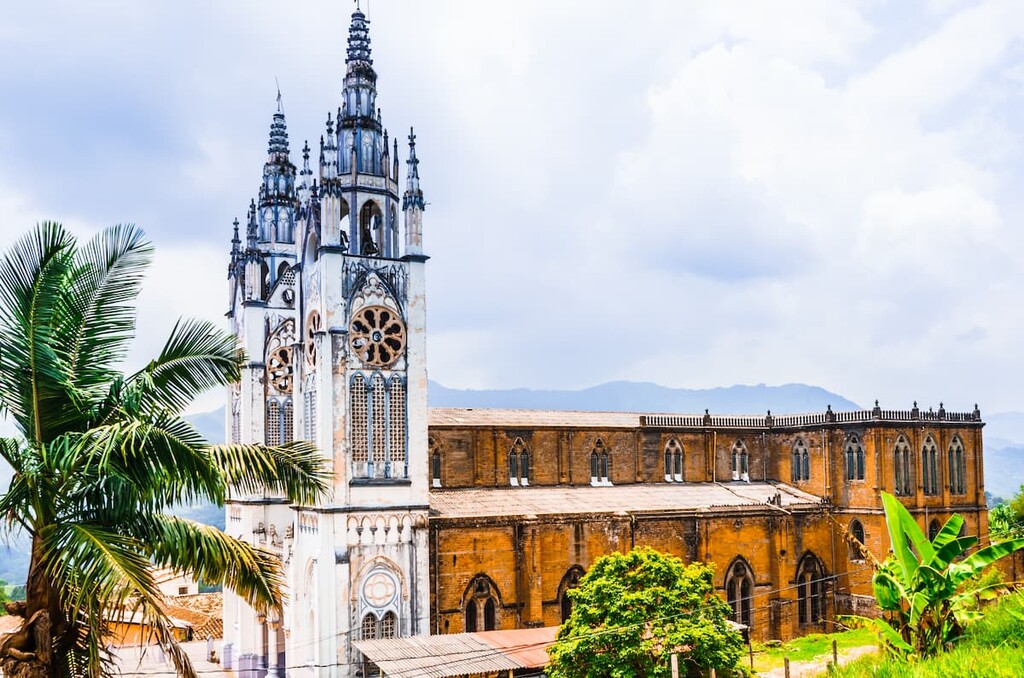
These days, many of the Andean countries have rapidly developing economies. The stunning mountain scenery in each country, combined with a rich cultural heritage and plethora of historic sites makes the northern and central Andes truly a wonder to behold.
Nevertheless, visitors to the region should be mindful of the effects of the high elevation of the Andes and should travel wisely to avoid altitude sickness. Furthermore, while many of the most popular parks are fairly easy to get to, some of the more remote aspects of the range require quite a bit of planning and some technical climbing skills to access. So, careful planning is important to ensure that your trip goes off without a hitch.
The Andes are a true treasure trove of adventure. Here are some of the best places to check out during your visit:
Located to the south of the city of Quito, Ecuador, Cotopaxi National Park (Parque Nacional Cotopaxi) is a popular hiking and climbing destination. The park contains 8 named mountains, the highest and most prominent of which is Cotopaxi.
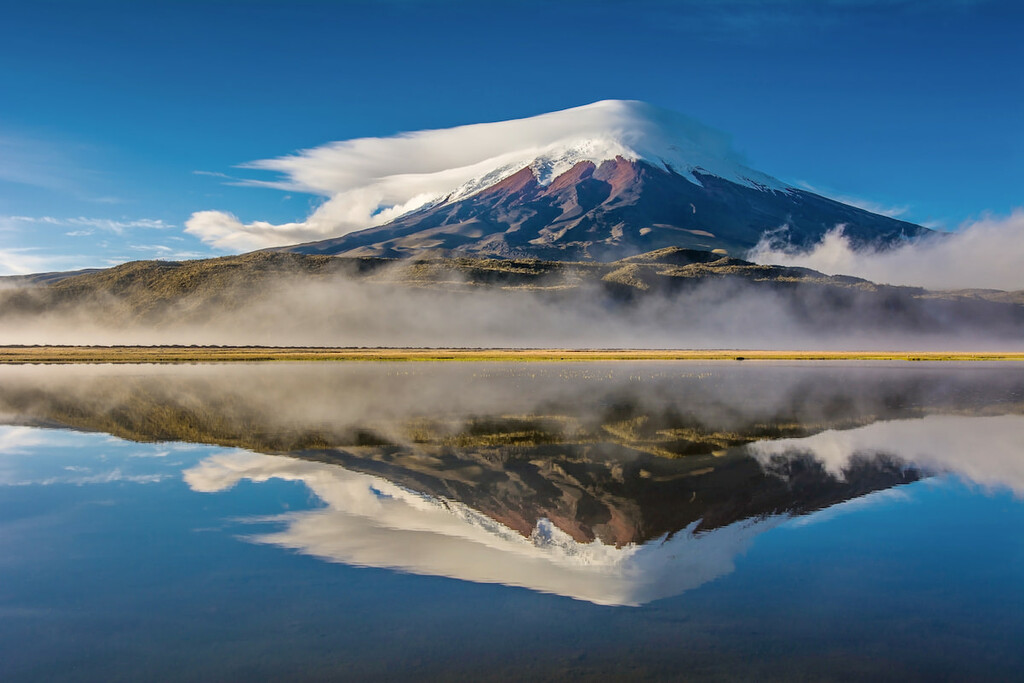
Cotopaxi National Park boasts a stunning collection of flora and fauna, including some of the largest stands of pine forests in the region. Furthermore, the park is fairly sheltered from light pollution from Quito to the north, so it’s a nice place to go if you want to see the night sky.
Cotopaxi itself is a fairly popular climbing destination since the mountain is not considered to be particularly difficult to ascend. That being said, the climb does involve roped travel and the use of crampons, so inexperienced climbers are highly encouraged to hire a guide for their adventure.
Sierra Nevada National Park (Parque Nacional Sierra Nevada) is located to the south of Lake Maracaibo in the northwestern part of Venezuela. The park contains 57 named mountains, the highest and most prominent of which is Pico Bolívar, the highest peak in the country.
Known for its great diversity of ecosystems, Sierra Nevada National Park preserves some of the highest-elevation terrain in the country. Much of the sub-alpine terrain in the park is typical of an Andean cloud forest.
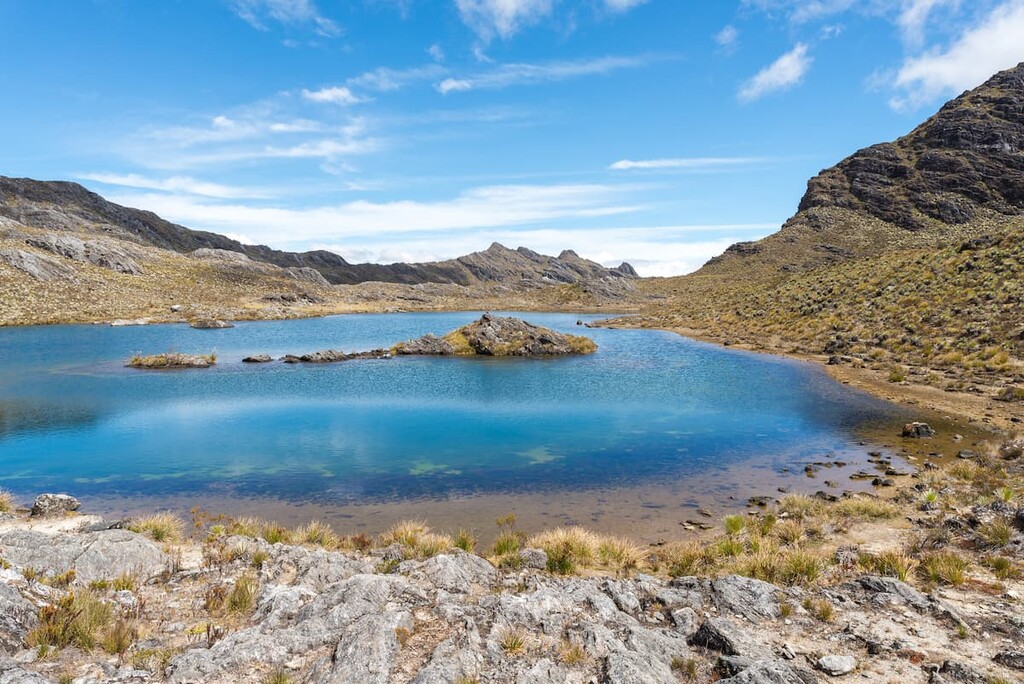
Furthermore, the park is home to a spectacular array of wildlife, including the spectacled bear (the only native bear in the Andes), as well as white-tailed deer, mountain lions, Andean leopard, Andean coati, jaguars, and paca.
Perhaps the most famous cultural site in the Andes, Machu Picchu Historic Sanctuary (Santuario histórico de Machu Picchu) is located just outside the city of Cusco in southern Peru. The site, while best known for its cultural and historic significance, is also home to 17 named mountains, the highest and most prominent of which is Nevado Salkantay.
Machu Picchu is actually a 15th century fortified city that’s believed to have been built by the Incas in the 1450s and then abandoned during the Spanish conquest. Miraculously, the Spanish did not find the site during the colonial period.
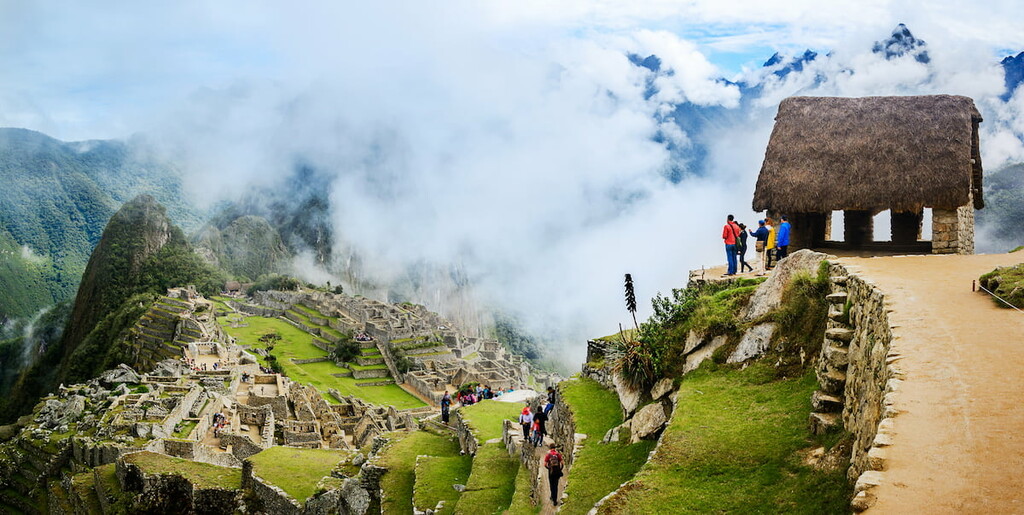
The site is a major tourist destination with well over 1 million people visiting it each year. There are a number of ways to reach the city, including by foot or by train, though there are now daily entrance quotas in place to limit overcrowding at Machu Picchu.
Situated in the heart of Bolivia, Amboró National Park (Parque Nacional Amboró) is a testament to the incredible biodiversity of the Andes. The park contains 18 named mountains, the highest of which is Cerro Calizonudo, and the most prominent of which is Cerro Agua Blanca.
Amboró contains a wide range of different elevations, which have allowed it to support a diversity of different ecosystems. As a result, it is one of the most botanically rich natural parks on Earth.

Out of the hundreds of mammal species found in the park, some of the most threatened include the spectacled bear (jucumari), the giant anteater, the jaguar, the mountain lion, and the ocelot. Unique birds in the park also include the military macaw and the southern helmeted curassow, which are just some of the nearly 1,000 species of birds found in the region.
Looking for a place to stay during your visit to the northern and central Andes? Here are some of the best cities to check out:
The capital of Venezuela, Caracas is home to about 2.3 million people and is located along the country’s Caribbean coast. Caracas is the commercial and cultural center of the country, with plenty of great museums and restaurants to check out.
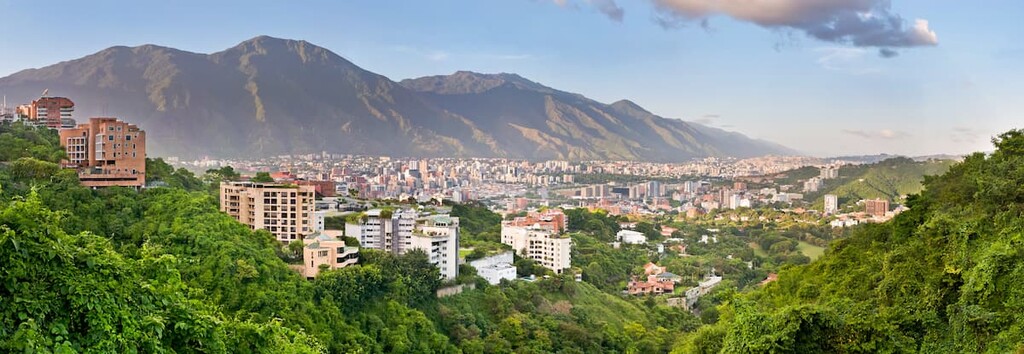
While Caracas is known for having a high crime rate, the astute traveler generally has no problem staying out of trouble in the city. Caracas is easy to get to by road and it is also home to the country’s largest airport, which offers great connections around the world.
Bogotá is the capital and largest city in Colombia with some 7.4 million residents. It is located in the central part of the country, in the heart of the Andes Mountains.
Bogota is the third-highest capital city in South America due to its average elevation of 2,640 m (8,660 ft) above sea level. It is the cultural, educational, and commercial hub for the country, as well as the site of Colombia’s largest airport.
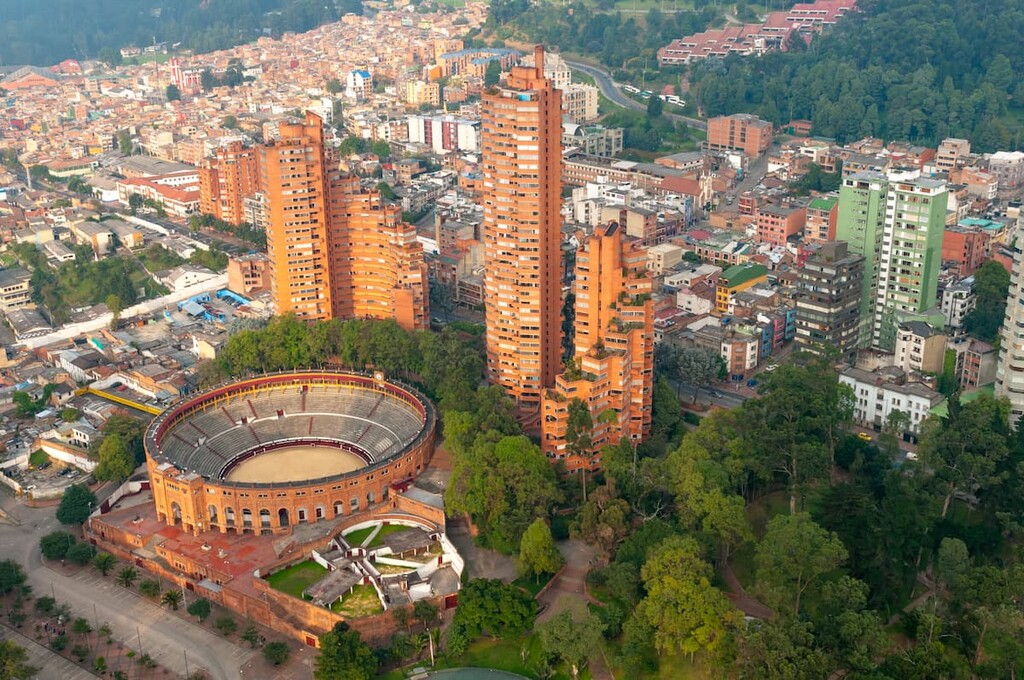
The second-highest capital city in the world, and the closest capital city to the equator, Quito is a city of some 2 million people in the north-central part of Ecuador. Quito’s historical center is one of the best preserved cities in the Americas and it was one of the first two UNESCO World Heritage Sites, having been declared alongside Kraków, Poland, in 1978.
Quito is home to a spectacular collection of historic sites and museums. It also provides easy access to the mountains, so it’s a great place to start your adventures. The city is easy to get to by road, rail, and air, thanks to its developing transportation system.
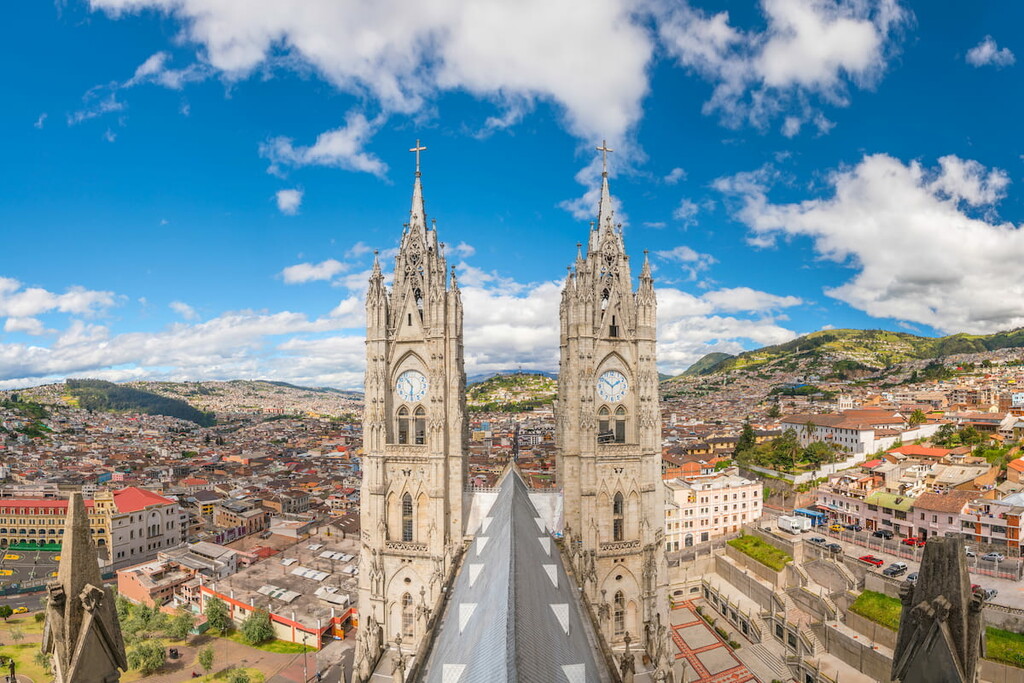
Although it’s not the capital, nor the most populous city, in Peru, Cusco is home to some 430,000 people who live in the heart of the Andes Mountains. The city was once the center of the Inca Empire until the Spanish conquest. It is a UNESCO World Heritage Site, too, thanks to its well-preserved buildings and monuments.
Even though it’s the seventh-largest city in the country, Cusco is still relatively easy to get to. The easiest route to the city is by air from Lima, though there are also buses and trains to Cusco, which offer a great way to see the surrounding region. From Cusco, you can then take the train to Machu Picchu or you can trek to the sanctuary.
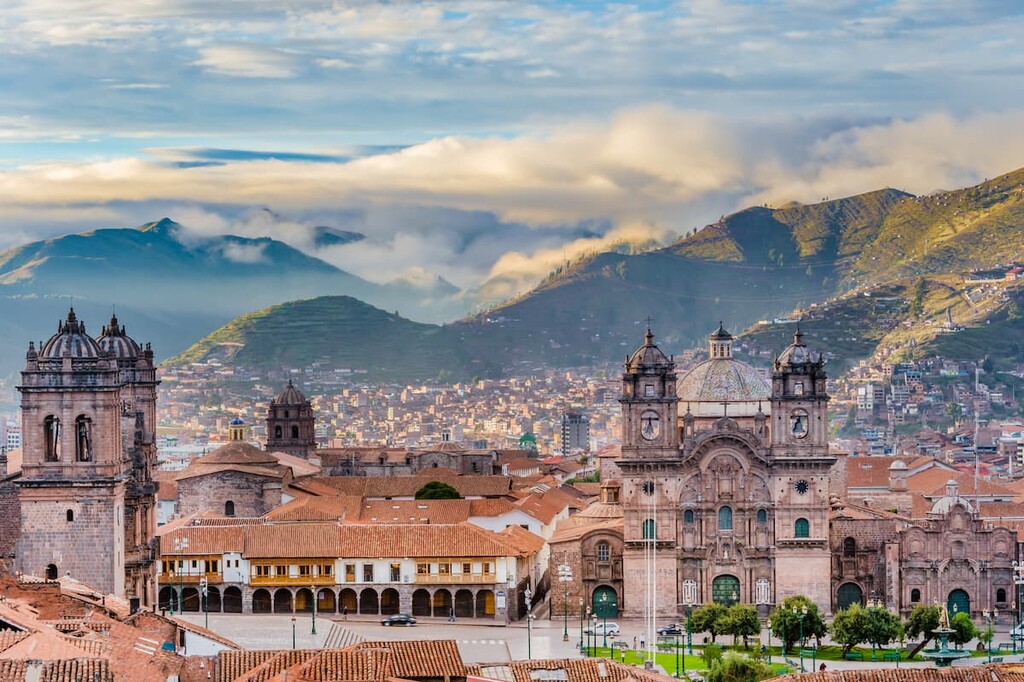
The seat of Bolivia's government, La Paz is the third-largest city in the country with some 1.8 million residents. La Paz is located in west-central Bolivia to the southeast of Lake Titicaca. The city is the highest capital city in the world with an average elevation of some 3,650 m (11,975 ft).
La Paz is an important cultural and commercial center for South America and it is a popular tourist destination. The city’s many museums and historical landmarks make it a fun place to visit. Due to the elevation of the city, however, it’s recommended that visitors take a few days to acclimatize before heading out on a long hike in the mountains.
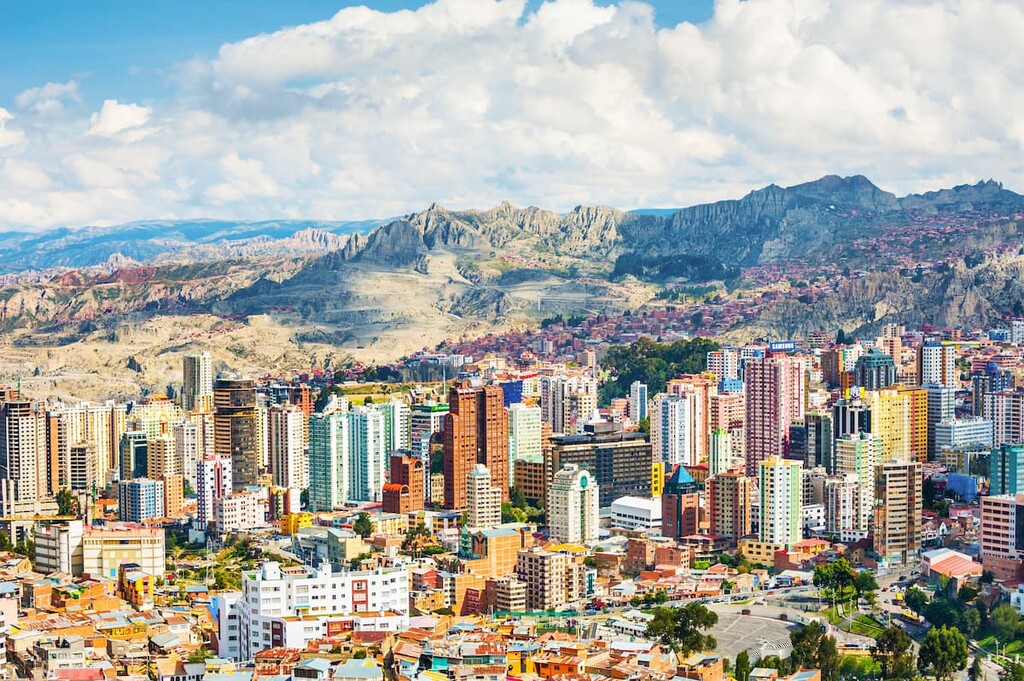
Explore Andes (Bolivia, Peru, Ecuador, Colombia, Venezuela) with the PeakVisor 3D Map and identify its summits.








ultra
andes-6000ers
cordillera-blanca-5500ers
peru-ultras
ultra
volcano
andes-6000ers
bolivia-ultras
ultra
volcano
andes-6000ers
ecuador-ultras
ultra
andes-6000ers
cordillera-blanca-5500ers
peru-ultras
ultra
volcano
andes-6000ers
bolivia-ultras
